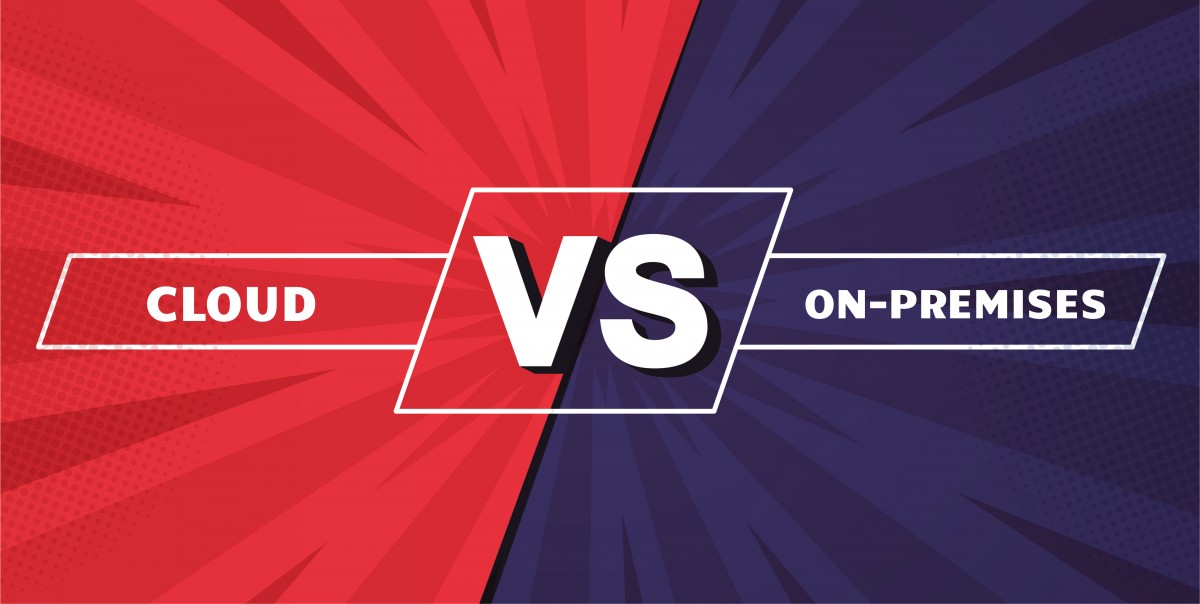A recent forecast by Gartner predicted that global public cloud revenue is due to grow by over 21 percent this year, with the fastest growing segment, cloud system infrastructure, predicted to grow by over 35 percent, reaching more than $40 billion.
[1]
Although the cloud does bring a wealth of business benefits, it's important for organisations to find the right 'cloud balance.' While some businesses might be using the cloud effectively, others could be racking up high costs, leaving data at risk, breaking GDPR legislation or violating other internal compliance rules. For many organisations, creating a balanced infrastructure is essential with a hybrid middle ground, businesses can utilise the best of both public cloud and on-premises solutions.
Cloud services bring a multitude of benefits, but it's also important to remain vigilant and realistic by considering which data is stored where. By keeping unstructured, cold data in the cloud for long periods of time businesses can face costly invoices. Organisations pay based on capacity and as the amount of space needed increases, so does the cost. What originally seemed like a cost-effective solution can quickly spiral with monthly costs increasing if not managed carefully. By removing older data, organisations can take back control of the growing invoices. Many businesses retain information for a number of years, for reasons such as backup, data mining or for compliance. This information would be best suited to an on-premises appliance, freeing up cloud capacity.
As well as cost, a number of data threats can be encountered when using public cloud services. Although the cloud can offer data resilience through erasure coding, a form of a protection that breaks information up and codes each file storing it in multiple locations, this is limited and will only safeguard information in the event of a rare on-site disaster or hardware failure. The cloud does not offer a comprehensive feature set to protect against human error, malicious attack, ransomware, malware of all kinds, or software corruption.
Although this may be suitable for some data, highly sensitive information needs additional layers of protection and may not be suitable for the cloud. Organisations need to consider what data is being stored where. Although it's important to leverage the benefits of the cloud for flexibility and freedom - combining this with an on-premises solution for archiving cold data or to add extra layers of data protection will allow businesses to create a more fine-tuned architecture. In addition, business can still enjoy flexibility despite migrating data because the on-premises links can still be located in the cloud for easy access.
Security concerns are top of the list for many organisations, and by bringing the most critical information back on-premises, they can ensure more control and have peace of mind. With on-premises architecture, organisations can look for solutions that provide a comprehensive range of security features such as audit integrity, file fingerprinting and ransomware protection. Not only is it critical to protect data from external threats, maintaining the integrity of files will help to keep data safe and meet compliance legislation. For these organisations, such as government departments, police, call centres, healthcare systems and legal firms, ensuring this level of security is critical. However, security is not only a concern for those being regulated, with ransomware attacks and high-profile outages hitting the headlines, many businesses risk damaging their reputation.
As with most things, finding the perfect balance can help organisations utilise the best of both worlds. The cloud brings a range of benefits that are ideal for today's modern workforce, but security and cost concerns should not be overlooked. The reality is that by implementing an architecture that complements the cloud, organisations can reap the benefits of flexibility, security, control and freedom. We have seen the industry talk about the cloud OR on-premises, but the truth is utilising both brings a far greater range of benefits.




